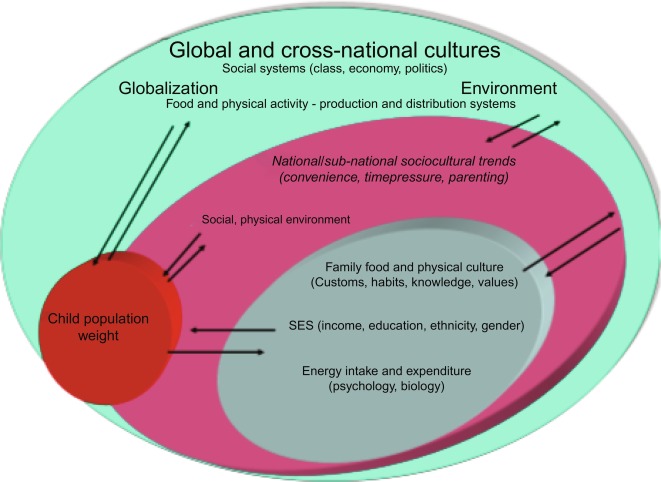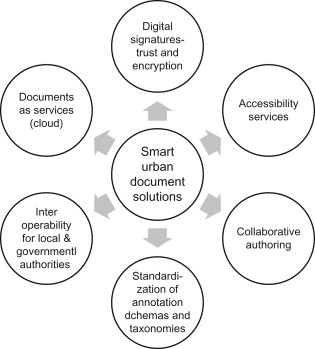Global Perspectives on Childhood Obesity (Second Edition), Current Status, Consequences and Prevention, 2019, Pages 105-116
Global Perspectives on Childhood Obesity (Second Edition), Current Status, Consequences and Prevention, 2019, Pages 351-361
Encyclopedia of Environmental Health, Second Edition, 2019, Pages 108-110
Encyclopedia of Environmental Health, Volume , 1 January 2019
Alzheimer's Disease Theranostics, January 2019, Pages 7-12
Emerging and Reemerging Viral Pathogens, Volume 1: Fundamental and Basic Virology Aspects of Human, Animal and Plant Pathogens, 2020, Pages 53-68
Innovation in Health Informatics: A Smart Healthcare Primer, Next Gen Tech Driven Personalized Med&Smart Healthcare, 2020, Pages 3-38


